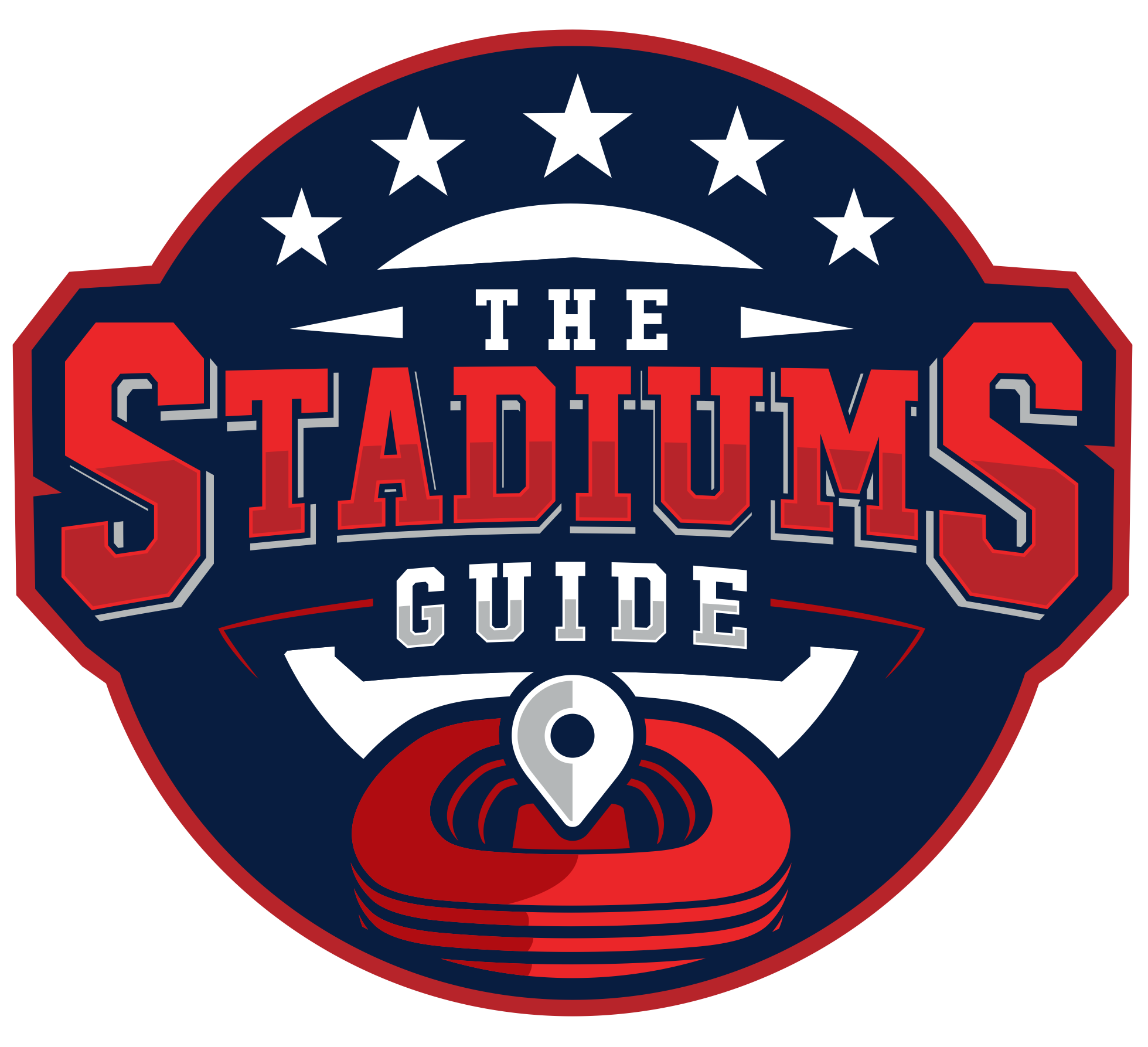Attending a hockey game is the best way to view the insane action. Venues offer the standard assortments of concessions, fan swag, and loud noises high-octane action of ice hockey draws millions of spectators annually, but understanding the game can be a bit of a challenge.
In this guide, we’ll tell you everything you need to know about how many periods are in a hockey game.
- Everything You Need to Know About Periods in Ice Hockey
- How Do the NHL Standings Work?
- Were There Always Three Periods in a Hockey Game?
- What Happens if Teams Are Tied After Three Periods?
- How Long Are Players on the Ice During a Period?
- Television Timeouts and Breaks in Play
- How Long Are Intermissions in a Hockey Game?
- What Do Players Do During Intermissions?
- Are Recreational Hockey Games Played in Periods?
- What Is There to Do Between Periods in a Hockey Game?
- Common Misconceptions About Hockey Game Lengths
- Final Thoughts…
Everything You Need to Know About Periods in Ice Hockey
Unlike many other major sports, hockey doesn’t have quarters or halves. Hockey has three periods that span 20 minutes to be strictly different from other sports. These periods also don’t have a running clock. Instead, when referees blow the play dead, the clock keeper stops the clock until the referees drop the puck.
Each period starts with the clock set at 20:00 and counts down to 0:00. The period is signaled over when the horn blows, and referees whistle the game over. The team with the most points wins at the end of the 60 minutes. However, sometimes some games end in a tie. An overtime period takes place to decide the winner. Until the 2005-2006 season, there was no further tie-breaker after overtime, but now the shootout decides the ultimate game-winner.
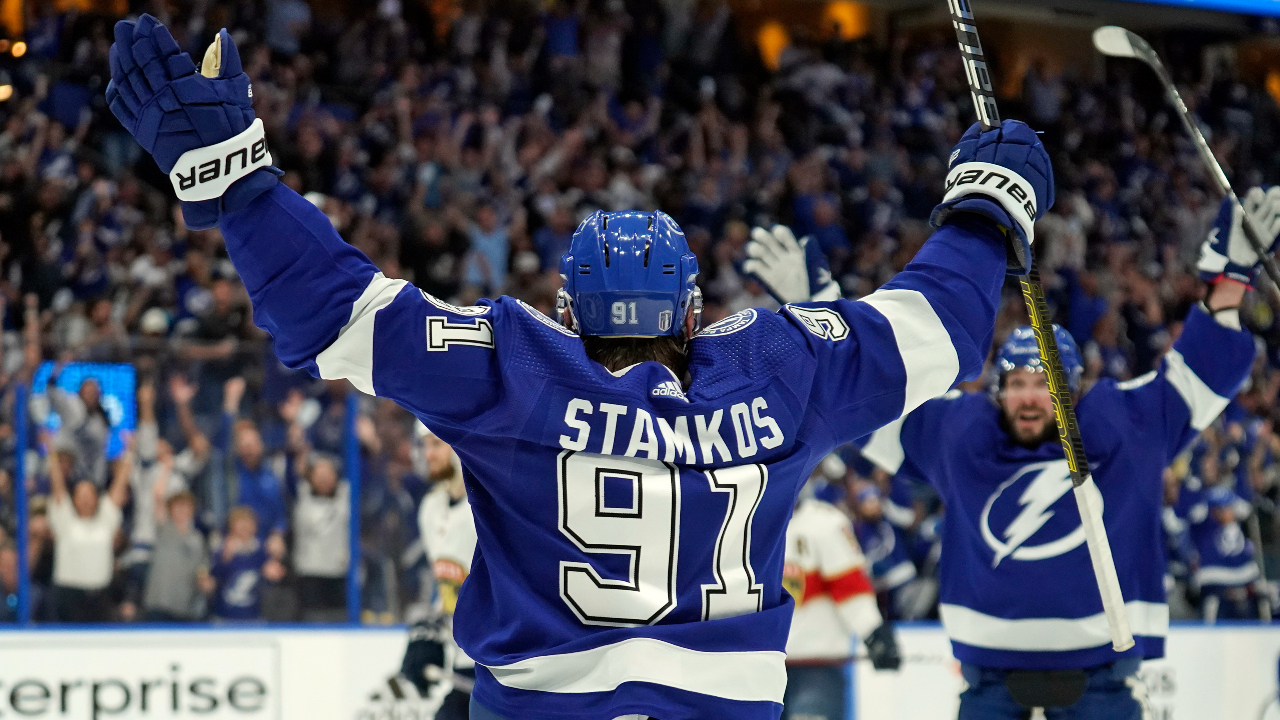
How Do the NHL Standings Work?
The NHL is the peak professional hockey league in the world. To make it to the playoffs, teams must earn a certain number of points, a number that changes every season, depending on the winning record of other teams. Each season starts with all 32 teams set at 0 points and earns points with wins or overtime/shootout losses. However, An outright loss gains no points.
When a team wins a game outright—with no overtime period—the winning team receives two standings points. Should a game need overtime, each team gets at least one standing point, with the winning team receiving the final second standing point. These games lead to bloat within the standings, as three-point swing games artificially inflate the standings of teams who lose.
When every team plays 82 games, the top 16 teams point-wise earn a trip to the Stanley Cup Playoffs. Even though teams get points for pushing games to overtime, tie-breakers in standings go by games won, so teams have a vested interest in obtaining the second point through winning.
Teams with the best record after the regular season get home-ice advantage in the playoffs. Home-ice advantage means that teams play the series’ first two games at the higher-seeded team’s home arena. This advantage has a massive impact as teams who win the first games of a series are more likely to win the series.

Were There Always Three Periods in a Hockey Game?
The history of the NHL is filled with interesting tidbits, including the length of periods. While the NHL, and the forerunner National Hockey Association, always played with 60-minute games, it didn’t always play with three periods. Before 1910, teams played two 30-minute halves instead of three twenty-minute periods. That rule changed for the 1910-1911 season with the creation of the modern 20-minute period.
It wouldn’t be until the 1927-1928 season when intermissions became a standard 10-minutes, and in the 1966-1967 season, the 15-minute break would replace the former 10-minute rule. Subtle changes to broadcasting rules are likely to change intermission lengths in the future, but for now, we’re set on the period and intermission lengths.
What Happens if Teams Are Tied After Three Periods?
During the regular season, teams tied after 60 minutes of play will enter sudden death overtime. This particular overtime sees three-on-three action for five minutes. The open ice nature allows games to end usually within the five-minute timeframe. However, if teams are still tied after overtime, they participate in a shootout.
In the playoffs, the three-on-three format swaps to a full five-on-five, 20-minute sudden-death overtime. Also, unlike the regular season, if teams continue to be tied up after the first overtime period, teams play subsequent 20-minute overtime periods until someone scores, sometimes stretching into three, four, and even five overtime games!
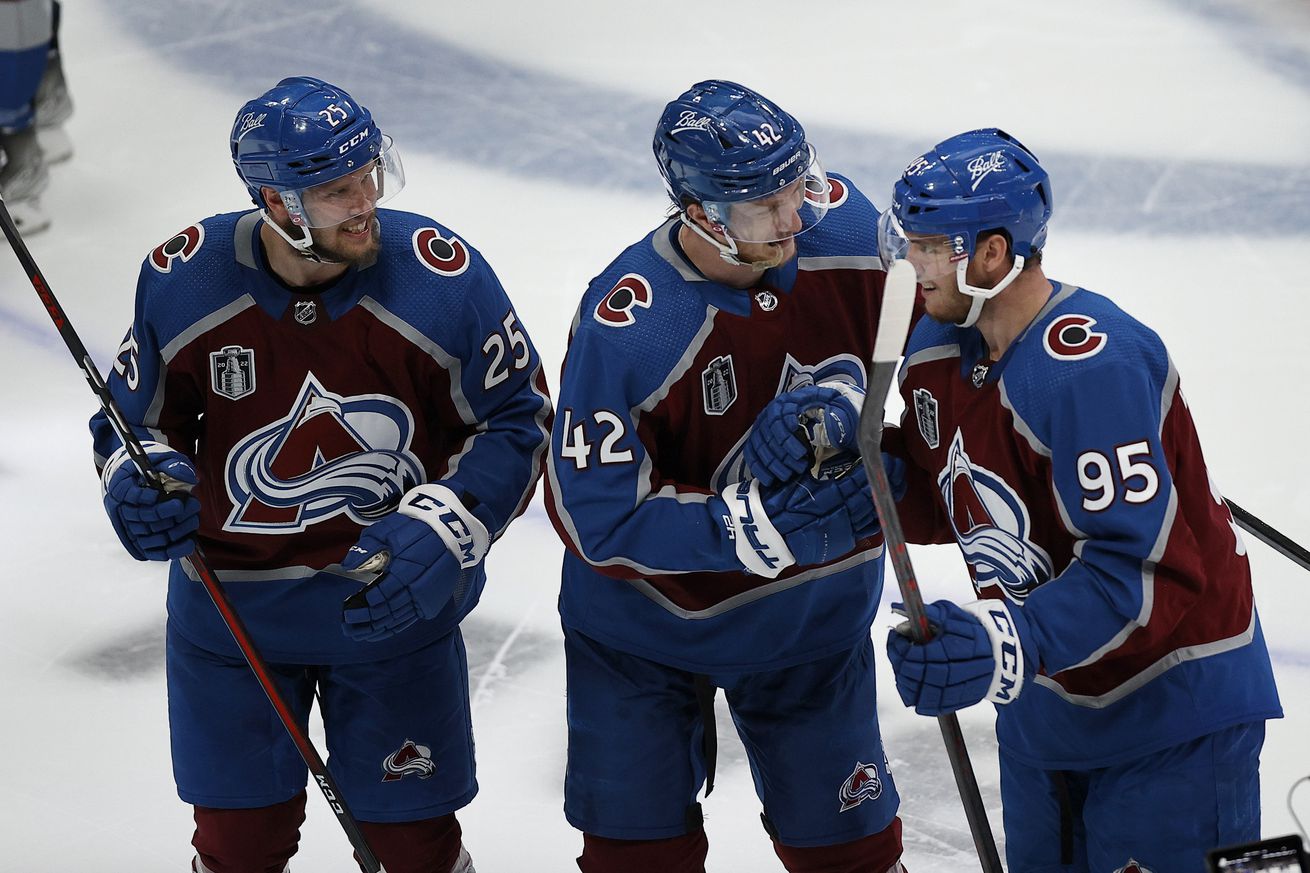
How Long Are Players on the Ice During a Period?
Hockey players don’t play the entire 20 minutes straight. Instead, teams have several players sitting on the bench, and players rotate ice time in shifts. The average hockey shift is 45 seconds, where players rotate based on their position. Though depending on the rate of play, or opposition possession time, these shifts can stretch into a couple of minutes.
Teams attempt to change players during play, known as changing on the fly. This method of rotating players works well but sometimes leads to miscommunications and too many men on the ice penalties. The guilty team cannot change players during icings, leading to more scoring chances.
Television Timeouts and Breaks in Play
Television networks provide NHL games television breaks at specific points during each period. These advertisement blocks also give a much-needed break for the players on the ice. Each television timeout is two minutes long and occurs three times throughout each period, except for overtime, where there are no television timeouts.
Teams may also take a 30-second timeout that teams must use during regular stoppages in play. There are also breaks in play when there is an injured player, broken glass, or to repair the ice. Abusing any of these rules may result in a “delay of game” call from the on-ice officials, resulting in a power play for the opposing team.
/cdn.vox-cdn.com/uploads/chorus_image/image/69195375/1232510519.0.jpg)
How Long Are Intermissions in a Hockey Game?
Between periods one and two and two and three, there are intermissions. Each game sees intermissions lasting 15 minutes and 30 seconds unless nationally broadcast. These national games receive a 17-minute intermission with five-minute, two-minute, and one-minute warnings so teams can start playing immediately following the intermission.
Pee-wee leagues often play on-ice for spectators, while other times merchandise gets thrown into the stands. During these intermissions, the Zambonis resurface the ice, and home team activities occur. Broadcasting networks treat fans to in-depth analysis of the previous period’s play, including breakdowns of goals, bad plays, or penalties.
What Do Players Do During Intermissions?
Intermissions are a vital time for hockey players. Teams can catch a much-needed breath and regroup. It’s also an opportunity for players to check their gear, refuel with water or Gatorade, and wipe the sweat from their brows. Since hockey is so fast-paced, the extra few minutes also allow time to nurse any injuries players sustained.
Locker rooms aren’t quiet during intermissions. While some players zone out to keep their heads in the game, intermissions are critical times for coaches to reinforce plays, address performance issues, and inspire their teams.
Video coaches even have the opportunity to compile footage for players to direct better overall play. Once the intermission is up, players must hit the ice and be ready for another grueling 20 minutes of the game.
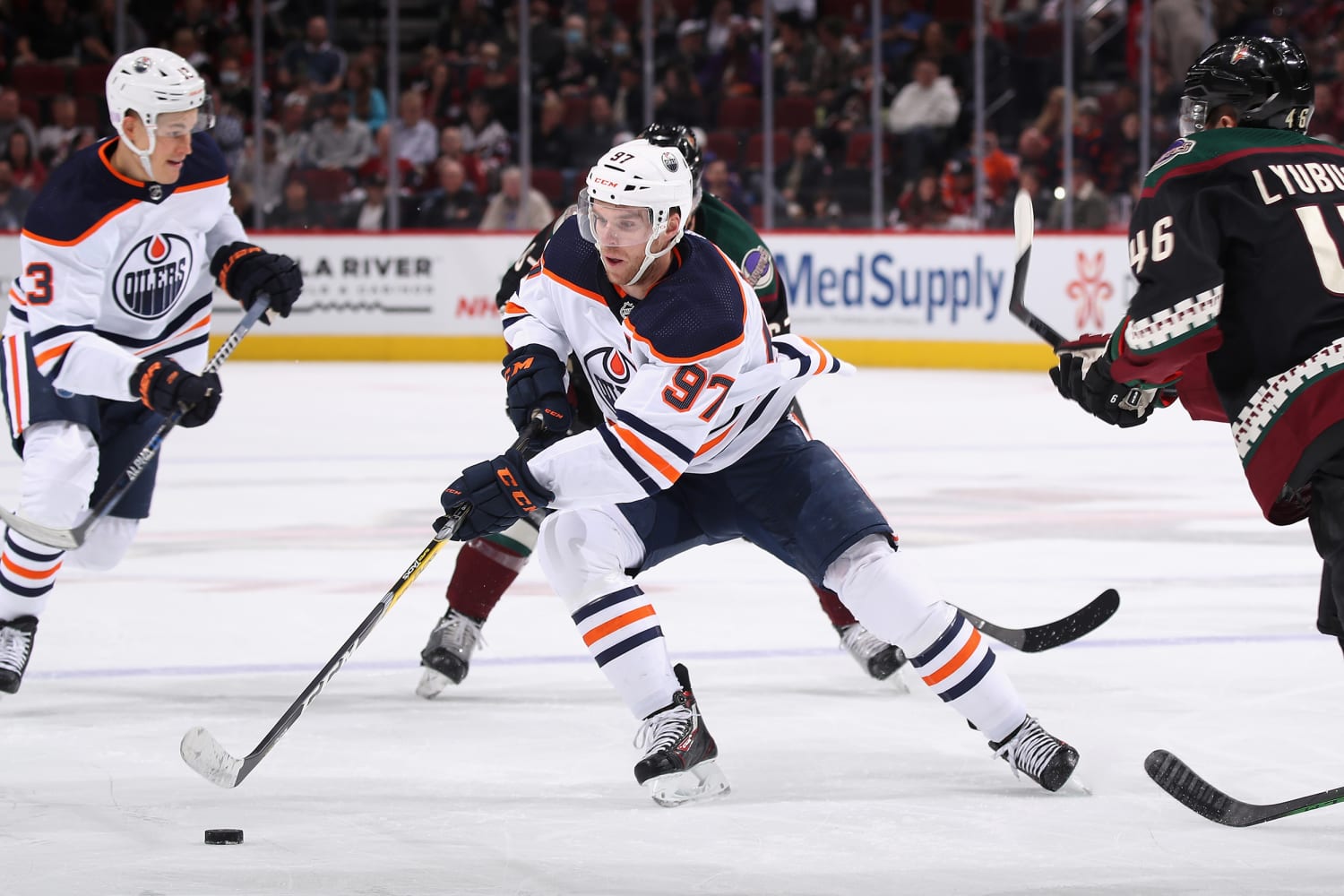
Are Recreational Hockey Games Played in Periods?
The length of periods in a recreational hockey game can vary wildly. Leagues for very young children will have shorter periods, likely only having two halves or only a single period. As children get older, a more normal three-period structure emerges. In more competitive junior leagues, games mimic the NHL play style to give prospective players a taste of the big leagues.
Beer, adult recreational, and club leagues often employ a two-halves system to allow for more games. In large cities, especially where hockey is popular, like in Canada or the northern part of the United States, hockey leagues fill ice arenas to capacity, leading to some creative rule changes.
What Is There to Do Between Periods in a Hockey Game?
Attending a hockey game is an excellent way to enjoy the game, but waiting around for 15 to 17 minutes doesn’t sound like a lot of fun. Luckily, there is plenty to do between periods, and the quarter-hour provides ample time to load up on snacks, go to the restrooms, or even hit up the merchandise booths for a new jersey.
Live games engage in on-ice entertainment before Zambonis begin resurfacing the ice. These activities include shirt cannons, mini-mites games, ice skating rally races, and mascot shenanigans. Several major league teams even have rock bands or DJs that play sets between periods.
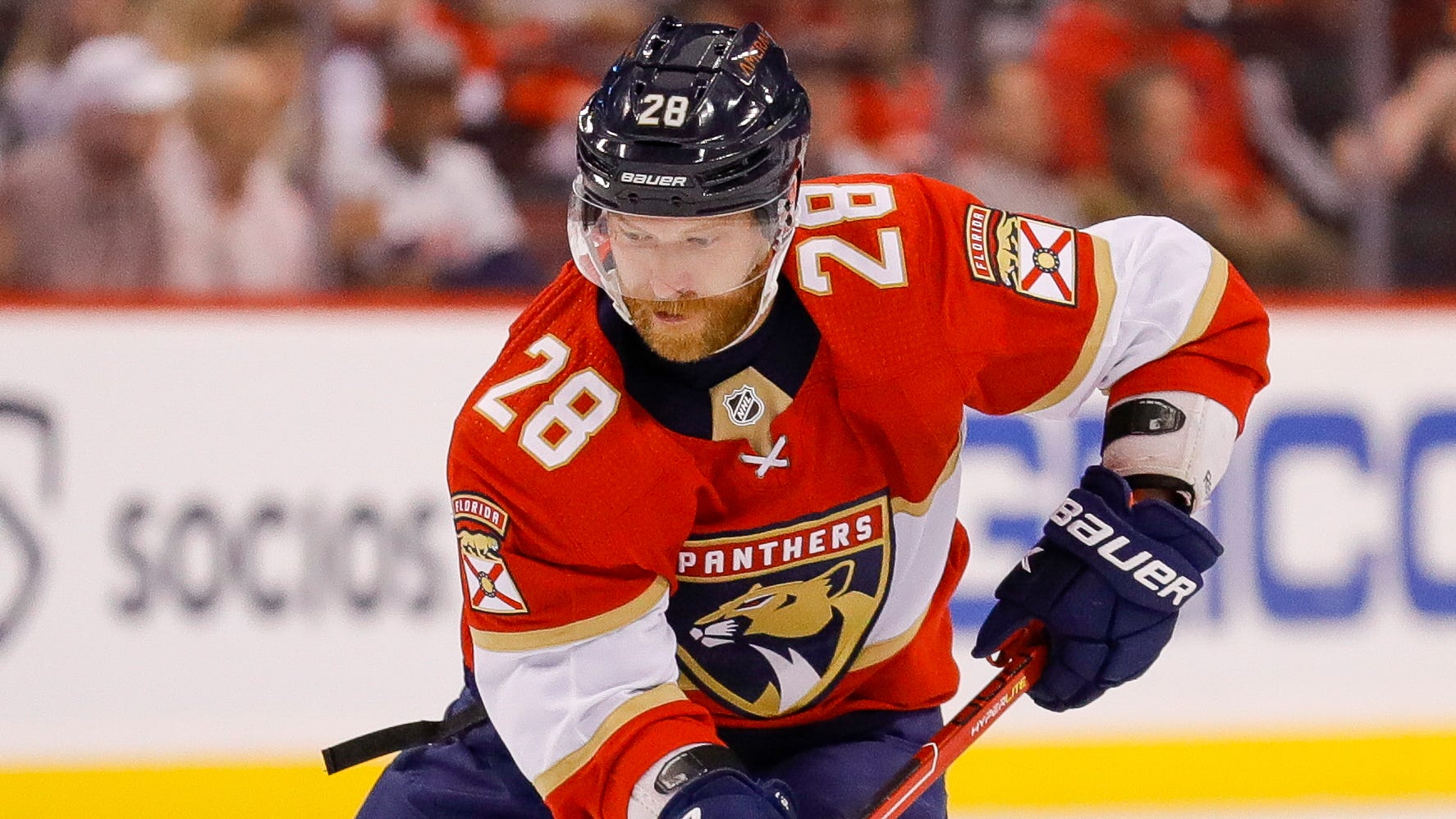
Common Misconceptions About Hockey Game Lengths
Hockey is unique in many ways, including the length of the periods. A common misconception new fans will ask is how long quarters are or when half-time is. These misconceptions come about because of the format of other sports like basketball and football, where games have four quarters divided into two halves. Instead, hockey has three periods with two intermission periods for buying concessions and bathroom trips.
Another common misunderstanding of game lengths comes to overtime when the regular season ends, and the playoffs begin. During the regular season, overtimes are three-on-three, five-minute sudden death matches. In the Stanley Cup playoffs, overtime plays like the rest of the game—20 minutes of five-on-five hockey. This format leads to multi-overtime periods, sometimes extending two or three additional periods.

Final Thoughts…
Hockey is a thrilling game played over 60 minutes. Like other high-octane sports, the NHL divides games into sections of time to allow for player breaks. In a distinct difference from other major sports, hockey has three 20-minute periods instead of four 15-minute quarters or two 30-minute halves. Even more interesting is the overtime format, which sees additional periods at either five or 20 minutes, depending on the point in the season.
During live games, spectators have intermission period entertainment filled with on-ice action, arena concessions, and team-branded merch. Viewers watching games on TV listen to commentary by analysts and play-by-play announcers. National audiences can even witness panel debates as experts weigh in on the action. Regardless of how you watch the three periods of a hockey game, it’s a blast!
Regardless of how you enjoy hockey, understanding the rules improves the game’s enjoyment. True fans beg for extra hockey with overtime, but many will take a blow-out win!
James is a big time NBA Golden State follower, who makes sure to catch games when he's in the area. He likes to follow International Soccer, with an interest in small town soccer club, Blackburn Rovers located in the North on the UK.
